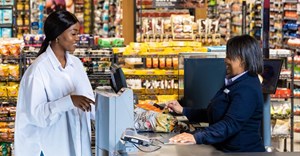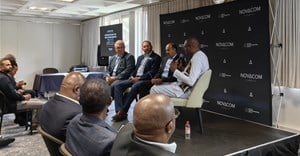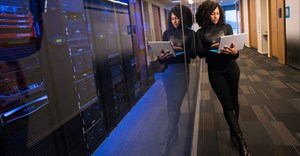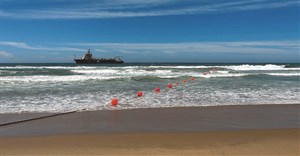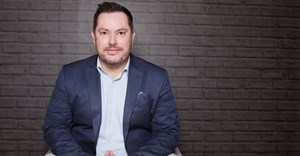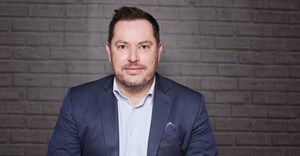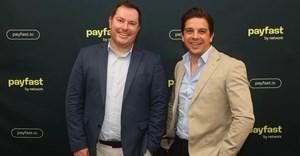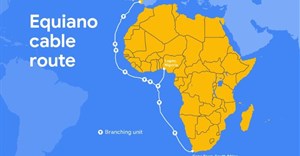EASSy promises Africa a revolution
This makes it the second high-speed internet connectivity cable to hit the shores of East Africa in less than two years. The official EASSy website (Eastern Africa Submarine Cable System) describes it as "a new 10,000km submarine cable system currently being built along the east coast of Africa. It is owned and operated by a group of African (92%) and international (8%) telecoms operators.”
What then makes this cable any better than the first arrival by TEAMS early this June? According to Chris Wood; the CEO of WIOCC Kenya (www.wiocc.net), “it has developmental objectives pegged on it thus it will be an open access to all”. It is going to be the cheapest yet highest capacity internet provider. “This is as a result of [the] coming together of 12 African telecoms operators and global development partners whose cost sharing brings the initial investment and risk very low,” explains James Wekesa; WIOCC's chief commercial officer. He adds by detailing that the use of monopolised satellite-enabled data and communication systems drove costs skyrocketing but that is in the past now.
“We are offering Universities, Colleges, government institutions and schools very low rates to enable them access and share resources locally and globally,” Wood told www.africanewsbreak.com. He has lauded the efforts his team have expended in helping fast growing IT hub; Rwanda, to achieve a laptop for each child in school by 2020.
These are the possibilities being swept to our shores by this cable. “Here in Kenya the issue is not the amount but the quality of internet services. ISP's should get themselves technologically ready for huge quality broadband at 80% lower rates than they currently are,” Wood offers with concealed delight.
Unfathomed business opportunities especially in media, telecommunications and online business will be espoused by this connectivity. Wekesa describes how a doctor in remote Lokichoggio, Kenya can conduct a live consultation with an expert in California, US on a serious case he is attending to therefore saving a life and costs. Rural Internet penetration is to be boosted by wireless technologies such as CDMA, Microwave, and Wimax. Such are the experiences promised with this great venture.
Asked about challenges faced so far, Wood lists: having to cater to the 26 different partners' interests, bureaucracy in licensing throughout ten different countries and carrying out the most detailed survey ever done as some. He proudly says, “We have 90% of telecoms market in Africa through our partners and the resulting company is a formidable and aggressive one.
What annoys him is the rumor that EASSy is a non-starter and a farce. According to him most of the work is completed and June/July 2010 will see the commissioning of the submarine cable. “Most of the work is done upfront so people don't get to see it till the ship starts the last part of laying the cable. It takes a month to load 10,000kms of cable to a ship and only six months to lay it,” he says.
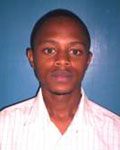
About Titus Kaloki
Titus Kaloki is the editor of www.africanewsbreak.com. He can be contacted on tkaloki@gmail.com.


